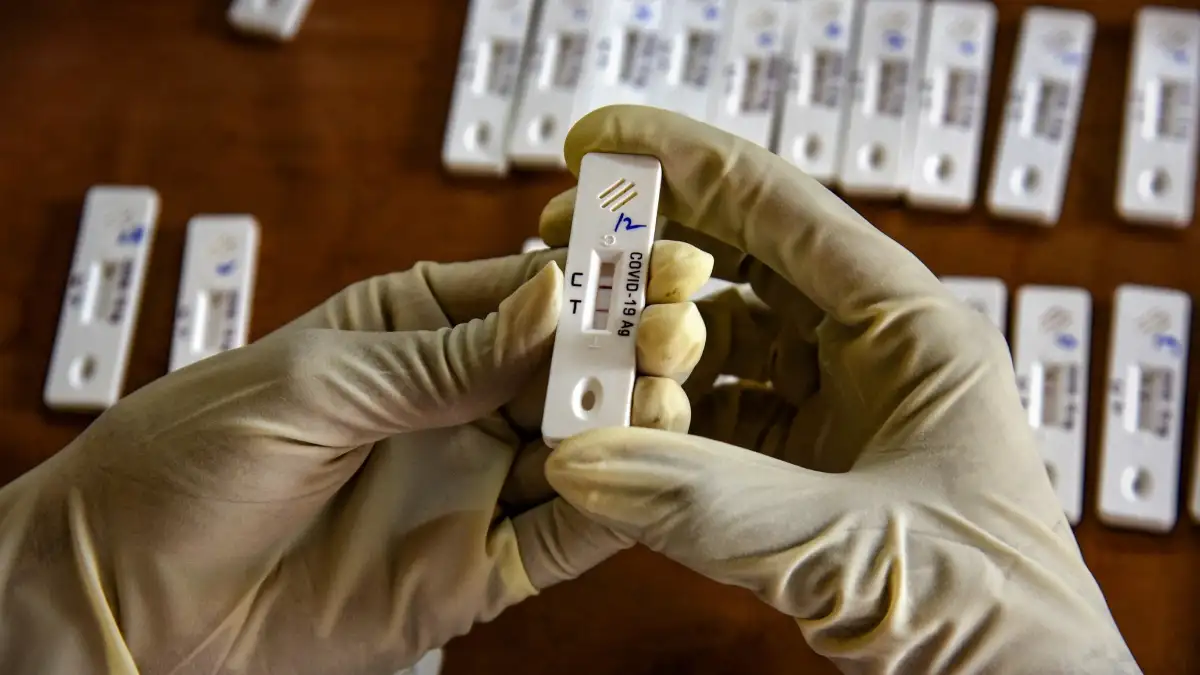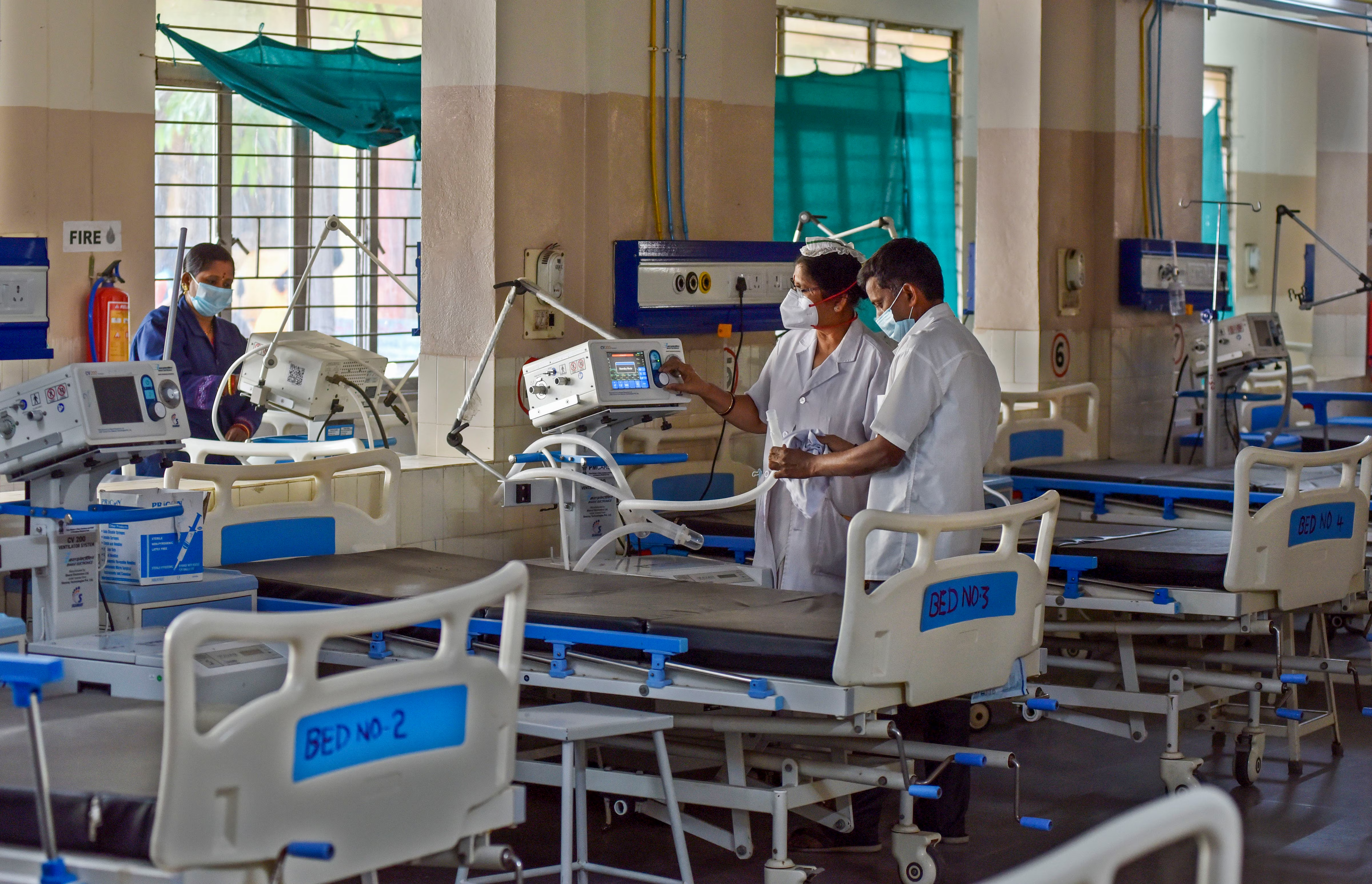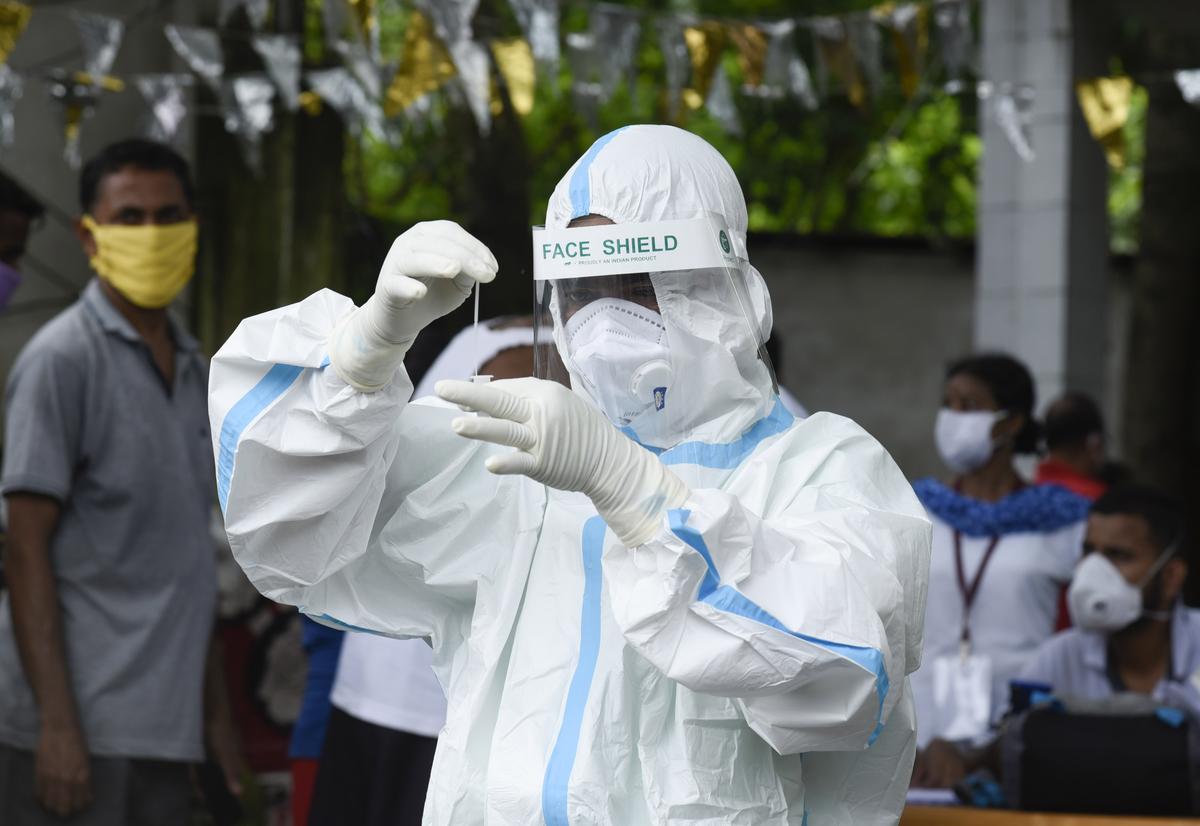India is witnessing a mild but noticeable uptick in COVID-19 cases, driven by two newly identified subvariants — NB.1.8.1 and LF.7. While the pandemic’s most dangerous waves are now history, this recent rise in infections is prompting cautious monitoring by health authorities. The Union Health Ministry reports that the national active caseload has crossed 1,000 for the first time in several months, with Delhi alone reporting over 100 active infections.
As neighbouring countries like Singapore and Hong Kong experience similar resurgences, the detection of new variants within India has prompted renewed vigilance. Although these variants are not yet categorised as highly dangerous, they carry mutations that could influence transmission and immunity.

COVID-19 Case Spike in India: State-Wise Numbers as of May 2025
According to data released on Monday, India now has 1,009 active COVID-19 cases, marking a moderate increase since mid-May. While the overall caseload remains low compared to pandemic peaks, recent surges in metro cities and select states have caught the attention of public health officials.
The most affected states include:
-
Kerala: 430 active cases (↑335 since May 19)
-
Maharashtra: 209 cases (↑153)
-
Delhi: 104 cases (↑99)
-
Gujarat: 83 cases (↑76)
-
Tamil Nadu: 69 cases (↑3)
-
Karnataka: 47 cases (↑34)
-
Uttar Pradesh: 15 cases (↑15)
-
Rajasthan: 13 cases (↑11)
States not listed above either reported no change or have zero active cases. Kerala continues to top the list, with significant contributions also from Maharashtra and Delhi. While the numbers remain well below crisis thresholds, the increase is being closely watched.

COVID-19 Death Toll: Seven Fatalities in a Week
Since May 19, seven COVID-related deaths have been recorded:
-
Maharashtra: 4 deaths
-
Kerala: 2 deaths
-
Karnataka: 1 death
Officials in Kerala noted that some deaths may be part of a reconciliation process in previously unrecorded data. Despite these fatalities, most infections are mild and non-life-threatening. The total number of people cured, discharged, or migrated stands at 4,45,11,545, with 305 new recoveries reported in the last seven days.
What’s Driving the New COVID-19 Surge in India?
While the uptick in cases is currently mild, health officials are monitoring the situation closely due to the emergence of two new subvariants — NB.1.8.1 and LF.7 — and a corresponding rise in cases in parts of Asia.
Global and Regional Trends
-
In Singapore, infections surged by 28% in the week ending May 3.
-
Hong Kong saw its test positivity rate rise from 6.2% to over 13% within a month.
-
India, though still stable, is observing similar trends in cities like Delhi, Mumbai, Chennai, and Ahmedabad.
In Mumbai, 95 cases were recorded in May alone — a steep increase from just 106 cases recorded since January 2024.
Hospitals such as KEM and Seven Hills in Mumbai have begun internal patient transfers as a precaution, and 16 patients are currently hospitalised.
Meet the New Variants: NB.1.8.1 and LF.7
The recent increase in cases across India is being linked to the appearance of two new subvariants of SARS-CoV-2 — NB.1.8.1 and LF.7 — both of which have been detected in different states in the past two months.
Both variants are classified by the World Health Organisation (WHO) as "Variants Under Monitoring" (VUMs). While they are not yet categorised as Variants of Concern (VOCs) or Variants of Interest (VOIs), their genetic changes warrant attention.

Where Are the Variants Circulating in India?
While confirmed variant cases are limited, a broader surge across multiple states suggests wider undetected transmission. Here's a quick overview:
-
NB.1.8.1: First detected in Tamil Nadu in April 2025.
-
LF.7: Four cases were found in Gujarat in May 2025.
-
Broader Spread: States such as Kerala, Maharashtra, Karnataka, Delhi, and parts of the northeast are also reporting increasing case counts.
In Mumbai, 95 cases have been recorded in May alone — almost as many as in the entire period between January 2024 and April 2025. Hospitalisations remain low (16 patients), but city hospitals have activated internal alert mechanisms, including oxygen and bed stockpile checks.
How Are NB.1.8.1 and LF.7 Different from Previous Variants?
While these new subvariants are not causing alarm yet, they show some differences from earlier strains like Delta and Omicron. Here's how they compare:
1. Genetic Mutations
-
NB.1.8.1 and LF.7 feature distinct mutations from earlier variants like Delta or Omicron.
-
These mutations may influence:
-
Transmissibility
-
Immune evasion potential
-
Vaccine and treatment effectiveness
-
2. Transmission and Spread
-
These variants appear to spread more easily, contributing to regional surges.
-
Unlike Delta or early Omicron waves, most cases are mild and not leading to hospitalisations or ICU admissions.
Recent trends in Singapore and Hong Kong, which have seen a 28% and over 13% increase in positivity rates, respectively, align with similar behaviour in Indian cities like Mumbai and Delhi.
3. Severity of Illness
Unlike the Delta variant, which led to high mortality and overwhelmed hospitals, early reports show:
-
Most infections are mild, with symptoms resembling the common flu.
-
Patients typically experience fever, sore throat, and fatigue.
-
Home-based recovery is sufficient in most cases
4. Impact on Vaccines and Treatments
-
No significant evidence yet that these variants evade current vaccines or past infection-based immunity.
-
Health authorities continue to stress the importance of vaccination and booster shots to maintain immunity levels.
Government and Public Health Response
The government has not issued any drastic new restrictions, but the public health apparatus is on alert. Key institutions like the Indian SARS-CoV-2 Genomics Consortium (INSACOG) are actively conducting genomic surveillance to trace and study the emerging variants.
Measures Taken:
-
Genomic sequencing of positive samples to detect new variants
-
Advisory notices to hospitals to maintain:
-
Adequate oxygen supplies
-
Hospital beds
-
Essential medications
-
-
Testing for SARI and ILI cases in affected areas to increase detection
-
Public advisories urging basic COVID-appropriate behaviour
What You Can Do: Precautions Recommended
The rise in cases and new variant detections is not a cause for panic, but they do warrant increased caution, especially for vulnerable populations.
Recommended Preventive Measures:
-
Wear masks in crowded or poorly ventilated spaces.
-
Maintain hand hygiene with frequent washing or sanitisers.
-
Avoid unnecessary large gatherings.
-
Get vaccinated and boosted if eligible.
-
Consider getting a flu shot to reduce the risk of co-infection
-
Monitor for symptoms and isolate if unwell.
Authorities are also paying special attention to high-risk groups, including:
-
Elderly individuals
-
People with comorbidities (e.g., heart disease, diabetes, cancer)
-
Pregnant women
-
Young children
Should You Be Worried?
At this stage, no, but stay alert. The surge is mild and manageable, and India’s public health infrastructure is not under strain.
Doctors and public health officials recommend:
-
Staying informed through reliable sources
-
Avoiding misinformation and panic
-
Following government-issued health guidelines
Vigilance Is Key as India Navigates Mild COVID-19 Resurgence
As of late May 2025, India is experiencing a mild COVID-19 resurgence, driven in part by the NB.1.8.1 and LF.7 variants. While the number of active cases and deaths remains low, the spread across several states and the genetic profiles of these new variants have prompted active surveillance and precautionary health measures.
The good news? Most infections are mild, vaccines continue to work, and India's public health system is better prepared than ever. The priority now is to stay alert, follow precautions, and avoid the twin dangers of panic and complacency.
Stay informed. Stay safe. Follow updates from the Ministry of Health and trusted health institutions.
With inputs from agencies
Image Source: Multiple agencies
© Copyright 2025. All Rights Reserved Powered by Vygr Media.






















